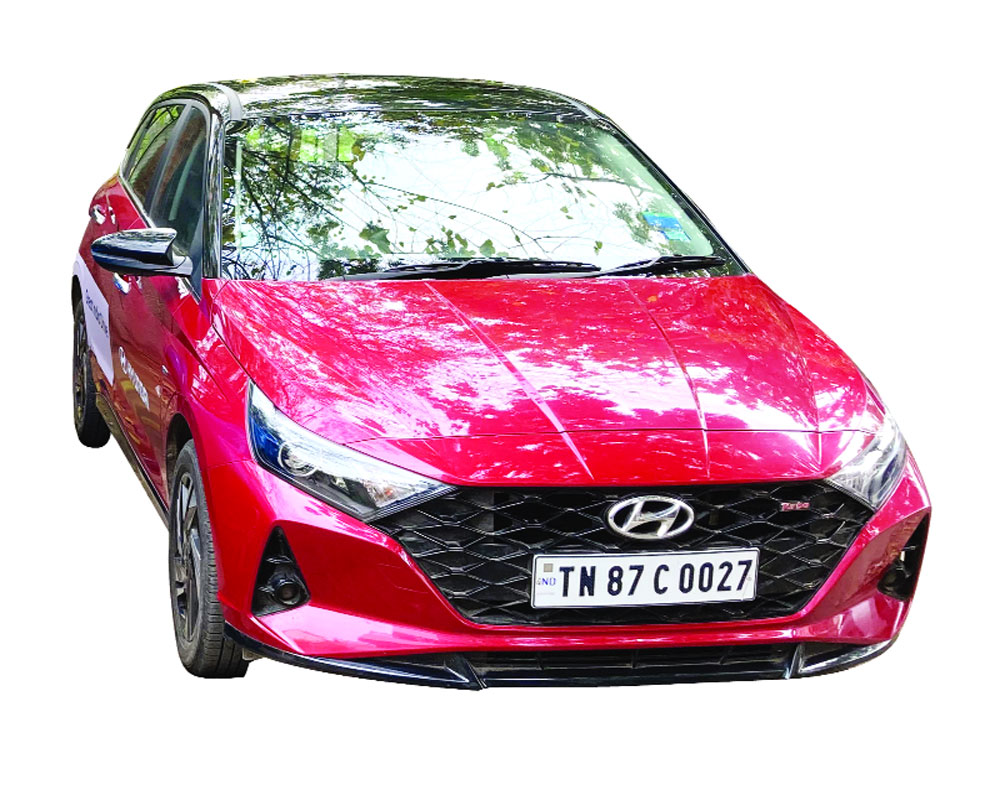Can the Tata Altroz iTurbo break on through to the other side? Let’s find out
Back when Ford India brought the EcoSport to the country, the big thing about the car was the ‘EcoBoost’ engine. In fact, during the initial media drive of the EcoSport in Goa, the vehicles were equipped with the small-turbocharged EcoBoost and Ford’s dual-clutch gearbox. This engine was a beauty, but there were downsides as well. Small turbocharged engines with dual-clutch gearboxes engineered for performance meant that fuel-economy was well, not ideal. Back in 2016-17, diesel was still king of the hill, and Ford does have a pretty good TDCi engine. With the engine and transmission being imported and Ford’s small presence in India, the company really could not do the engine although the EcoBoost option was sold mated to a six-speed manual in its last few months in India before the EcoSport was facelifted in late-2018. It was a pity to see the 123PS EcoBoost go. It gave the EcoSport great performance, which coupled with Ford’s natural good handling, made it a potent package. Maybe that engine in the Figo could have done wonders, who knows?
In the meantime, the market leader, Maruti-Suzuki, tried their hand at a turbocharged option as well with the Baleno RS which came with the ‘Boosterjet’ engine. Unfortunately that car had two issues, not least the fact that Maruti detuned the engine’s power down to 105PS instead of the 125PS that European customers got and it had pretty bad rubber. The latter might not have been an issue on public roads but when we drove the car for the first time at the Buddh International Circuit, it felt that it lacked adhesion. The Baleno has fabulous handling and the RS could have been a killer had Maruti-Suzuki done things correctly and I hope that the company tries small turbos again soon, the Baleno RS was a manual, but it was a fun car.
This brings me to today, Hyundai-Kia have clearly decided that small turbocharged engines are the future in India. They clearly saw that after the Supreme Court’s decision to cap the amount of time you could use diesel cars to just 10 years in the NCR. There was a gradual shift to petrol engines even for SUVs and better engine technology, particularly how lean-burning engines have become. This challenged the notion that small turbocharged engines were uneconomical. Over 2,000 kilometres that I recently drove on the new i20 Turbo with the DCT gearbox, I achieved 15 kilometres a litre, sure we did not ‘gun’ the car as speed warnings are irritating. But the car delivers a great blend of performance and economy. On the clutchless IMT Kia Sonet that I have also been driving over the past few months in almost completely urban conditions with the small 1.0 litre turbo engine, economy is around 12 kilometres per litre. The 1.2 litre naturally aspirated engine on the i20 and Sonet is slightly more economical but is third less powerful.
Now talking about the latest turbo entrant into the market: The Tata Altroz iTurbo. While Altroz is still a good-looking car, maybe a few more distinguishing features to separate it from the regular Altroz would have been warranted. But Tata Motors wants the Altroz iTurbo to be a ‘sleeper’, although it does have a unique new blue colour. This engine isn’t as crazy as the Hyundai-Kia engine, and indeed, is actually the same 1.2 engine on the naturally aspirated Altroz. But the added-Turbo gives the car an additional 20-odd horsepower. You feel the additional power, but things like accelerating from 40-ish while on fifth feel a bit sluggish. Better than the regular Altroz, but you are occasionally left wanting more, When you mash the gearbox, this car can be fun, but you really have to play around. Tata Motors says that an automatic option is on its way in a few months and that is something I would really like to drive. I wish Tata Motors had improved the kit inside, particularly the size and quality of the screen, and maybe done something to make you feel different inside with the iTurbo. I hope that they will.
But the Altroz iTurbo has a huge trump card over its rivals. It’s the price! The top-end XZ Option Altroz iTurbo is cheaper than the Sportz i20 by almost `30,000 (ex-showroom), although Hyundai gives the car with the clutchless manual rather than the regular five-speed. However, given that Hyundai does not offer the turbo engine in lower variants, the Altroz can win over buyers who want performance for a price, with the XT model being over a lakh cheaper (ex-showroom) than the i20. Personally, I prefer the i20 but the Tata Altroz Turbo is tremendously good value. While you wish it looked a bit more special and it could do a bit more with the power, you can have fun with the car. And frankly, that is the bottom line.


























